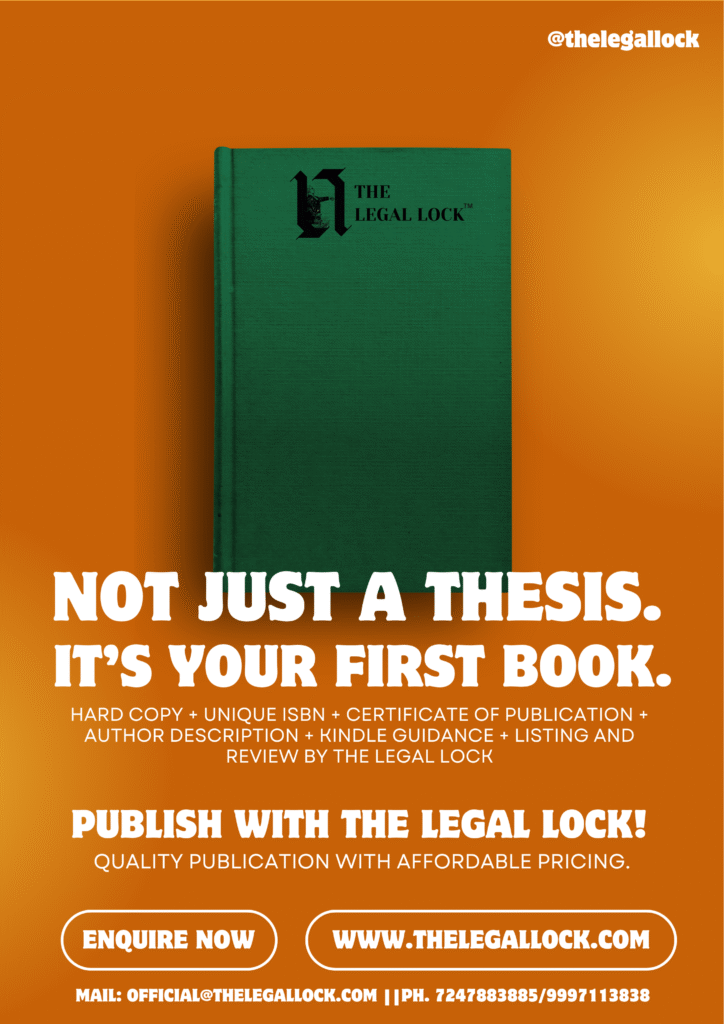Case Brief: Alembic Pharmaceuticals Ltd. v. Rohit Prajapati

| Name of the Case | Alembic Pharmaceuticals Ltd. v. Rohit Prajapati |
| Citation | (2000) 17 SCC 157 |
| Date of the Judgement | 01.04.2016 |
| Petitioner | Alembic Pharmaceuticals Ltd, Unique Phosphorus Ltd, and Unique Chemicals, Union of India |
| Defendants | Rohit Prajapati |
| Bench/ Judges | D.Y. Chandrachud, Ajay Rastogi, JJ. |
| Statutes Involved | Constitution of India, Environment Protection Rules 1986, Environment (Protection) Act 1986 |
| Important Articles/ Sections | Environment Protection Rules 1986- Rule 5(3)(d) |
FACTS
“The environmental impact assessment, through its notification in 1994, speculated that any person who desired to undertake a new project or the expansion or modernisation of an existing industry listed in Schedule 1 shall submit an application to the Ministry of Environment and Forest and gain clearance to continue their operation. They also clarified that no construction work, primarily or otherwise, relating to the setting up of the project may be undertaken till the environmental and site clearance is obtained. In 1998, the ministry issued a circular stating that the environmental impact assessment notification of 1994 was in effect, and the units covered under the notification had been set up without prior environmental clearance. The Gujarat pollution control board, on the advice of the ministry, allowed units to operate without valid environmental clearance. But via a circular in 2000, the ministry directed all state pollution control boards to issue fresh notices to all defaulting units and extended the deadline to obtain environmental clearance to June 2001. Despite this, there are some units that fail to apply for the clearance. Therefore, the ministry, by a circular in 2002, extended the deadlines till 2003.
An application has been filed under the high court challenging the order of 2002 seeking revocation of the clearance is which was granted to the industry unit in question. This case was transferred to the National Green Tribunal by the High Court. The Tribunal, by its judgement set aside the circular and issued consequential directions. One of the respondents before the Tribunal preferred a review petition against the judgment, which was dismissed. Therefore, an appeal is made before this High Court.”
PROVISIONS INVOLVED
“Environment (Protection) Act 1986
Section 3: It grants power to the central government to take measures to protect and preserve the environment
Environment Protection Rules 1986
Rule 5 (3) (d): power of the central government to prohibit or restrict any industry from operating in an area it deems necessary under the Environment (Protection) Act.”
LEGAL ISSUES
- Whether the provision in the circular extending the deadline to seek clarification valid under the law?
- Whether the National Green Tribunal have the jurisdiction to try the case?
ARGUMENTS FROM THE PETITIONER’S SIDE
- The council contended that both the unit of the appellant has been granted clarification for the successful function at a much higher capacity.
- There is a contrast in the environmental impact assessment notification of 1994 and 2006, as in the latter one, it specifies the requirement of a ‘prior’ clearance, while the other does not mandate it.
- Once the clearance has been granted to operate at a larger capacity, the question as to whether the first clearance for a lesson capacity was valid or not is of no significance, and therefore, the satisfaction of granting and environmental clearance for a lesser capacity would be subsumed.
- The notification of 1994 did not apply to the two units of the appellant, as clause 8 of the explanatory note of the environmental impact assessment notification provides that where no objection certificate from the Gujarat pollution control board has been obtained before 1994, an environmental clearance is not required.
- If the order of the tribunal is prejudiced and industries will suffer irreparable harm if it prevails.
- The National Green Tribunal did not have the jurisdiction to entertain the petition.
ARGUMENTS FROM DEFENDANT’S SIDE
- Circular 2002 is illegal because environmental jurisprudence does not recognise the concept of ex post facto clearance, and therefore, ex post facto approval is void.
- The 2002 circular does not mention its source or authority of law.
- Even if this Court wants to hold the non-closure of industries, compensation should be directed to be paid by them for the restoration of the environment, as these Industries have operated for years without environmental clearance.
JUDGMENT
“In the case of Tamil Nadu Pollution Control Board versus Sterlite Industry Limited, Justice Nariman held that the National Green Tribunal cannot strike down rules or regulations made under the Environment Protection Act 1986, particularly under section 16.
Justice Nariman also concluded that the National Green Tribunal has no general power of Judicial review, which is vested under Article 226 of the Constitution of India.
The notification of 1994 maintains a prior clearance, and it prescribed that a post-activity approval or an ex-post facto permission is to be achieved by the administrative circular of 2002. Therefore, the administrative circular stands in contravention of the statutory law. The circular is unsustainable in law.
The court observed that environmental clearance was taken by the company almost a decade later than the issue in the notification in 1994, which is against the terms of the notification that prior approval has to be taken.
Gujarat Pollution Control Board, while granting the non-objection certificate to establish industrial units, also required the project to take requisite consent and authorization under the Act, such as water and hazardous waste rules, prior to the commencement of production. These were mandatory preconditions. Such consent was not taken until after 1995.
The court was of the view that since each of the industries had taken subsequent steps to obtain consent and clearances, in addition to their infrastructural investments and employment of a significant number of workers, directions for closure do not accord with principles of proportionality. At the same time, before taking into consideration the environmental damage that has been caused. The breach cannot be left unattended and will be attended to with the legal consequences. Therefore, the court directs each Industry to pay rupees 10 crore in compensation.”
CONCLUSION
“This judgment serves as a landmark in delineating the role of the National Green Tribunal as an authority without jurisdiction to make judicial review. Additionally, the bench declared the ex-post facto environmental clearance as not valid or legal in the eyes of the law, thereby promoting the concept of accountability and responsibility in environmental jurisprudence. The court struck a powerful balance between the environmental breaches and the economy and ordered for the continuance of the operation, conditional upon direction given by them.”







